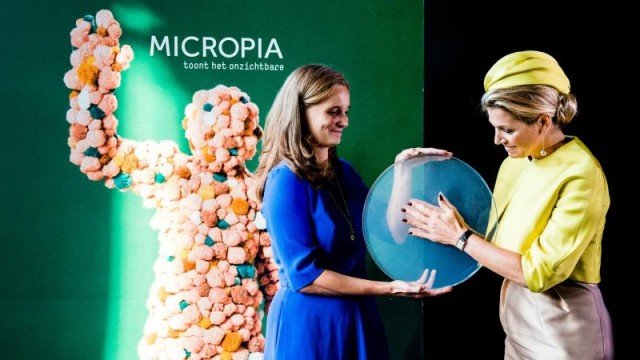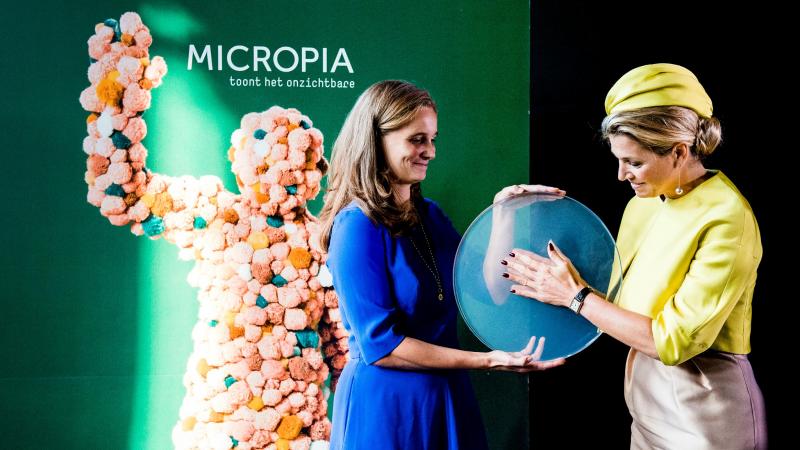Micropia museum, the world’s first “interactive microbe zoo”, opened in Amsterdam last month.
The 10 million euros museum is next to Amsterdam’s Artis Royal Zoo, whose director came up with the idea of exposing an array of living microbes in a “micro-zoo” 12 years ago.
Micropia’s director, Haig Balian believes the importance of microbes in our daily lives has been underestimated ever since Dutch scientist Antonie van Leeuwenhoek observed the microscopic creatures in the 17th century.
Microbes are often associated with illness, through viruses, bacteria, fungi and algae, but they are also essential for our survival and will play an increasingly important role in humanity and the planet’s future, Haig Balian said.

“Microbes are everywhere. Therefore you need microbiologists who can work in every sector: in hospitals, food production, the oil industry and pharmaceuticals, for instance,” he told AFP news agency.
Microbes are already used to produce biofuels, develop new type of antibiotics and improve crop yields.
Experiments have shown their future potential for everything from generating electricity to strengthening building foundations and curing cancer.
Each adult human body carries around 1.5 kg of microbes, and we would die without them.
Much of the museum – which claims to be a world-first – looks like a laboratory, complete with rows of microscopes connected to giant television screens.
Visitors can look through a window at a real-life laboratory where different kinds of microbes are being reproduced in Petri dishes and test tubes.
Step into a lift and look up to see an animation of a camera zooming on someone’s eye, revealing the tiny mites that live on our eyelashes. The camera then zooms in on bacteria on the mite and finally on a virus on the bacteria.
Visitors can watch microbes reproduce under a 3D-microscope, especially designed and built for Micropia, or see a giant scale model of the Ebola virus that’s ravaging west Africa.
A microbe scanner will instantly tell how many microbes live on a visitor’s body and where.
Bolder visitors can try the “Kiss-o-Meter” and be told how many microbes are being transferred as a couple kisses.
“Did you know that for instance there are 700 species of microbes living in your mouth? Or 80 kinds of fungi on your heel?” Haig Balian asked.
“A visit to Micropia will forever change the way you see the world,” he said.
[youtube Kk7PzYCiiD8 650]
